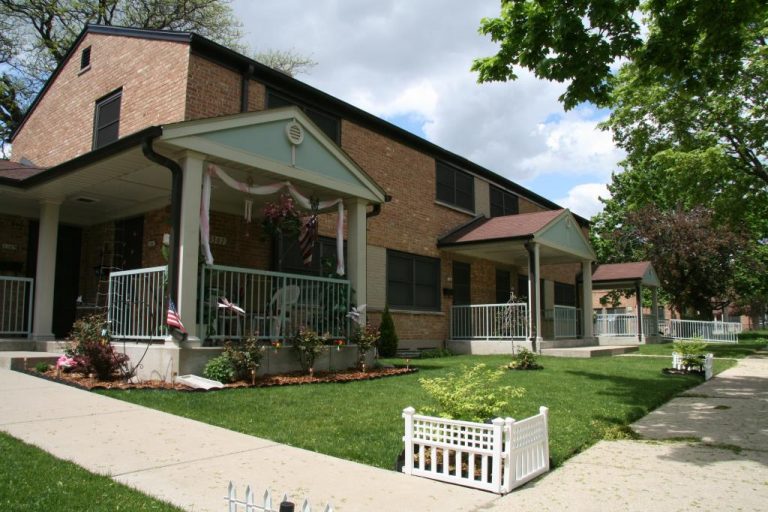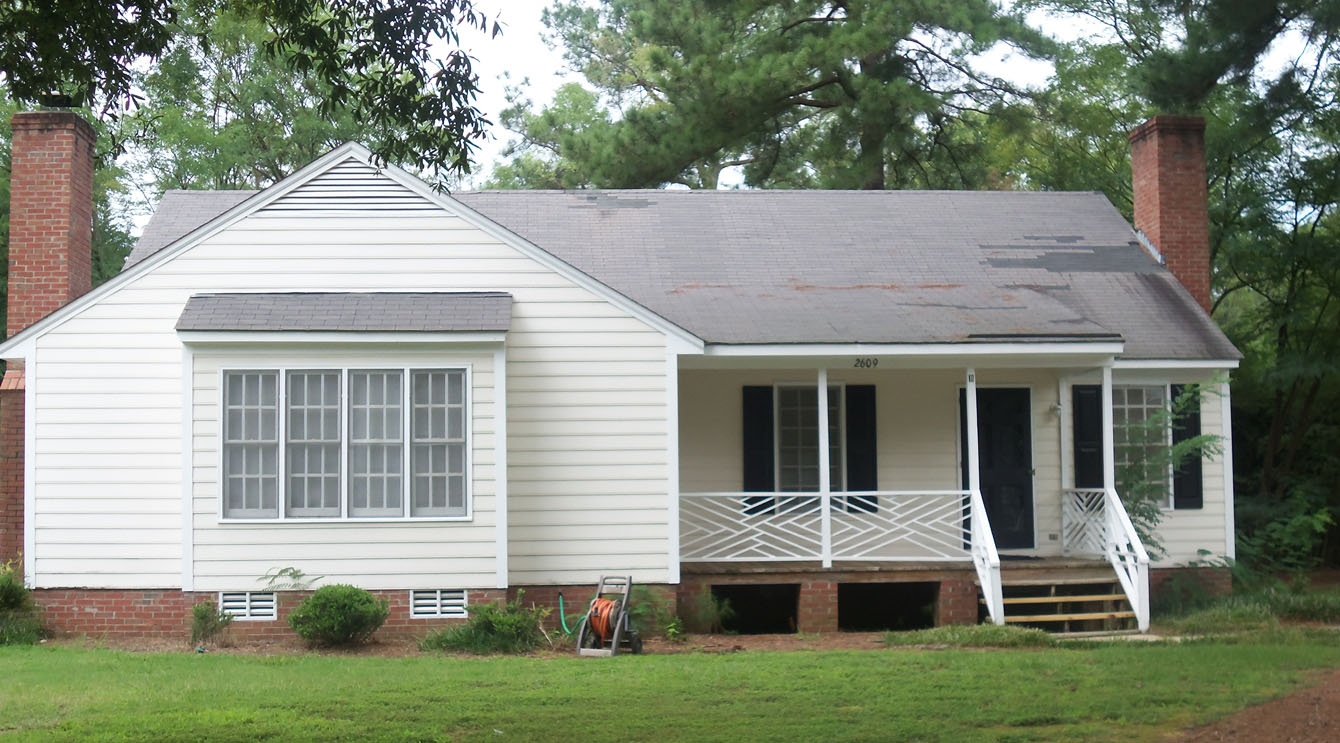Understanding Section 8 Housing

Section 8 housing is a government-funded program that helps low-income families, seniors, and people with disabilities afford safe and decent housing. It provides financial assistance to help pay rent and utilities.
Eligibility Requirements
To be eligible for Section 8 housing, you must meet certain income and family size requirements. You must also be a US citizen or a qualified non-citizen. The specific eligibility requirements may vary depending on the state or local area.
- Income: Your household income must be below a certain limit, which is determined by the number of people in your household and the location of the housing.
- Family Size: The number of people in your household must meet the program’s guidelines.
- Citizenship: You must be a US citizen or a qualified non-citizen.
- Criminal History: You must not have a criminal record that would disqualify you from receiving assistance.
- Other Requirements: There may be other requirements, such as being able to pay a portion of your rent and utilities, or having a valid Social Security number.
Benefits of Living in a Section 8 Home, 3 bedroom section 8 homes
Living in a Section 8 home can offer several benefits, including:
- Affordable Housing: Section 8 housing provides a significant financial assistance to help pay rent and utilities, making it more affordable for low-income families.
- Safe and Decent Housing: Section 8 housing is inspected to ensure it meets minimum safety and health standards, providing a safe and decent living environment.
- Stability and Security: Section 8 housing can provide a sense of stability and security for families, as they can stay in their homes for longer periods without fear of eviction due to rising rent costs.
- Access to Community Resources: Section 8 housing programs often provide access to community resources, such as job training, education, and healthcare, helping residents improve their lives.
Section 8 Vouchers vs. Public Housing
Section 8 vouchers and public housing are both government-funded programs that provide affordable housing options, but they differ in how they operate:
- Section 8 Vouchers: Section 8 vouchers provide financial assistance to tenants, allowing them to choose their own housing from private landlords. The tenant pays a portion of the rent, and the voucher covers the rest.
- Public Housing: Public housing is owned and managed by the government. Residents pay a portion of their income as rent, which is typically lower than market rate rent.
Finding 3-Bedroom Section 8 Homes

Finding a suitable three-bedroom Section 8 home can be a challenging process, but it is achievable with the right resources and guidance. This section provides a step-by-step guide to help you navigate the process effectively.
Finding Available Section 8 Homes
To locate available Section 8 homes with three bedrooms, consider these resources:
- Public Housing Agencies (PHAs): PHAs are the primary administrators of Section 8 programs. They often maintain lists of available units, and you can contact them directly to inquire about vacancies. PHAs can provide you with the necessary application forms and guide you through the eligibility process.
- Private Landlords: Many private landlords participate in the Section 8 program. You can find listings for Section 8-approved properties on websites like Craigslist, Zillow, and Apartments.com. Look for s like “Section 8” or “Housing Choice Voucher Program” in your search criteria.
- Housing Counseling Agencies: Housing counselors can offer valuable assistance in finding suitable Section 8 housing. They can provide guidance on the application process, help you understand your rights and responsibilities, and connect you with resources in your area.
Working with a Housing Counselor or Advocate
Working with a housing counselor or advocate can significantly benefit your search for Section 8 housing. They can:
- Provide guidance on eligibility requirements: Housing counselors can help you understand the specific criteria for participating in the Section 8 program and ensure you meet all the necessary qualifications.
- Assist with the application process: They can help you fill out the application forms correctly and provide support throughout the process.
- Advocate on your behalf: If you face any challenges or encounter difficulties with landlords or PHAs, housing counselors can advocate for your rights and help resolve issues.
- Connect you with other resources: They can connect you with other resources in your community, such as job training programs, financial assistance, or mental health services.
“Working with a housing counselor or advocate can be invaluable in navigating the complexities of the Section 8 program and finding a suitable home.”
Applying for Section 8 Housing: 3 Bedroom Section 8 Homes

Applying for Section 8 housing can be a complex process, but it’s a worthwhile endeavor if you’re looking for affordable housing options. The application process varies by location, but generally involves completing an application form, providing documentation, and waiting to be selected for a unit.
Application Process and Required Documentation
The first step in applying for Section 8 housing is to locate the Housing Authority (HA) responsible for your area. You can find this information online or by contacting your local government. Once you’ve identified the HA, you can request an application packet.
The application packet will include instructions on how to complete the form and a list of required documentation. Common documents include:
- Proof of income (pay stubs, tax returns, etc.)
- Proof of identity (driver’s license, passport, etc.)
- Social Security numbers for all household members
- Proof of residency (utility bills, lease agreements, etc.)
- Birth certificates for all household members
It’s crucial to ensure all information provided is accurate and up-to-date. Inaccurate or incomplete applications can lead to delays or rejection.
Waiting List Process and Factors Influencing Placement
After submitting your application, you’ll be placed on a waiting list. The length of the waiting list varies depending on the location and demand for Section 8 housing. Some areas may have waiting lists that are several years long.
Several factors influence your placement on the waiting list, including:
- Household size: Larger households are often prioritized as they have greater housing needs.
- Income level: Lower-income households may be prioritized as they have a greater need for affordable housing.
- Disability status: Individuals with disabilities may be given priority in some areas.
- Veteran status: Veterans may be given priority in some areas.
You can check your position on the waiting list periodically by contacting the HA.
Common Application Mistakes to Avoid
| Mistake | Explanation |
|---|---|
| Incomplete or inaccurate information | Providing incomplete or inaccurate information can delay processing and lead to rejection. |
| Missing documentation | Failure to provide required documentation can result in your application being incomplete and rejected. |
| Not updating contact information | If you change your address or phone number, make sure to update your contact information with the HA to avoid missing important communications. |
| Failing to respond to requests for information | The HA may request additional information during the application process. Failure to respond promptly can delay your application. |
It’s essential to review your application carefully before submitting it to ensure accuracy and completeness.
3 bedroom section 8 homes – While three-bedroom Section 8 homes offer affordable housing options for families, they often lack the luxury and amenities found in a South Beach hotel suite. Imagine trading the predictable routine of a subsidized apartment for a south beach hotel suites 3 bedroom with breathtaking ocean views and a private balcony.
The contrast between these two realities highlights the stark differences in housing choices available to various socioeconomic groups.
Three-bedroom Section 8 homes can be a haven for families, but sometimes space can feel tight. One way to maximize a small bathroom is with clever storage solutions, like the ones found in this guide on DIY bathroom towel storage.
With a little creativity, you can make the most of your space and create a welcoming environment in your Section 8 home.